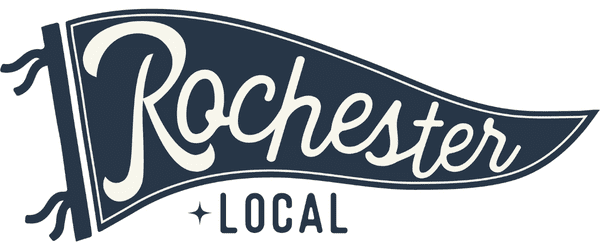
As a hospice dietitian, I am very comfortable talking about death. The conversations I have with families usually revolve around the bodily changes that happen in the days before; specifically related to food tolerance and eating patterns. While death is the focus of my profession, it is not necessarily prominent in my home life. That is until this week…
On Monday, my husband and I got an email from my son’s school telling us the sad news of the death of one of his classmates. As a fellow parent, I was heartbroken for the family left behind. When my son came home from school, we talked about her. He described how he knew her and the nice interactions they had over the last 3 years of school together. We also talked about what a funeral is like and if he would like to go once it was scheduled. Even in the days following the news, death has been a consistent discussion around the house. My youngest son who is only 3 years old has been asking questions and making comments about death. It has been a somber week, but also educational.
Speaking of educational, I recently read a book called Being Mortal: Medicine and What Matters in the End. The author, Atul Gawande, began with a history of our current medical system and how we progressed from predominantly dying at home to dying in hospitals instead. Prior to modern medicine, death was a normal part of life. Children died of common illnesses, women died in childbirth, any infection was serious; even hygiene itself (or lack of) was a significant health risk. Multi-generational homes where grandparents and grandchildren lived together were commonplace. So, when grandma or grandpa died at home, children were around to witness it.
Fast forward 100 years, we live longer, overcome common illness and infections with the help of medicine, and instead of grandma and grandpa living with us, they live in nursing homes. We have reduced exposure to and are removed from the dying process. Part of the lesson Gawande was trying to get across was that due to cultural shifts, we are ill-prepared to cope with death when it comes for us or our loved ones.
As I reflect on the lessons from this book in light of the circumstances of this week, I am reminded that death is a normal part of life. And even in this hard time, I hope it will help to prepare my sons for the deaths that will come – because they will come. Here is how we are learning: We are talking about death and grief openly. We aren’t sugar-coating or diminishing the truth of how it happens or that tomorrow isn’t promised. We are giving our children space to cope with death in this moment. And we are grieving for this family that will be forever missing their sweet little girl.
Below are a few links to resources for those grieving a loss, helping someone who is grieving a loss and worksheets/activities for children of various ages. More resources can be found at centerforloss.com.

